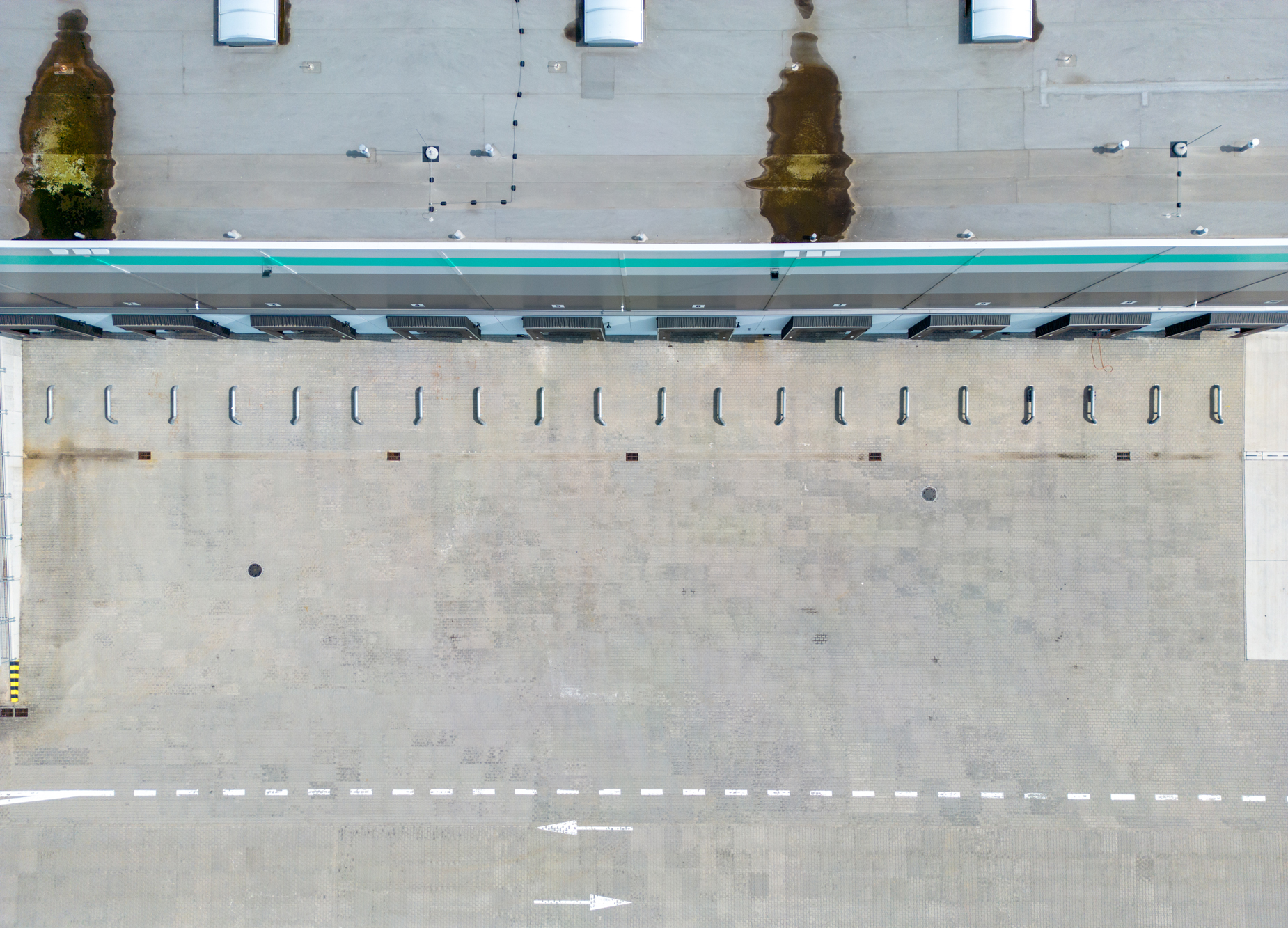While my academic background lies in physics (I have a PhD in Surface Physics), I have spent most of my professional life specialising in the field of aerospace. Artificial intelligence (AI) and machine learning (ML) are increasingly having an impact in this field, and I have now worked on many patent applications resulting from these developments.
I spent an early part of my career as an in-house Patent Attorney for BAE Systems, with responsibility for their research and development centres, and I have been constantly involved in aerospace work since moving to Boult. Hence, I have developed a great deal of expertise in the field. Inevitably, this has included more or more experience of working on AI-related patent applications as this exciting new tool has been increasingly applied to aerospace problems.
An example is the use of AI in non-destructive evaluation of structures, such as those found in aircraft and other vehicles. Such systems often make use of networks of sensors that monitor the structure and look for signals indicative of damage such as cracks within composite structures that will grow and eventually lead to failure of the structure. These sensors generate a huge amount of data, both from healthy and increasingly damaged structures that are now being used to train AI to identify damage and even potential damage at an earlier stage.
Another major area of application for AI is that of automation. I am seeing this being applied increasingly in aerospace, particularly in unmanned vehicles that are seeing ever-increasing levels of autonomy. The uses of AI and ML are becoming more and more diverse, and it will be fascinating to see how this continues over the coming years and how patent law responds.
As in any emerging area of technology, patent law around the world takes time to harmonise. Consequently, drafting patent applications relating to AI and ML requires special care to ensure that the different requirements can be met. This is also true when bringing patent applications drafted elsewhere into Europe. The amendments we make upon filing in Europe align patent applications better with the European Patent Office and UK Intellectual Property Office’s specific requirements regarding AI inventions, and lead to greater success for our clients.











